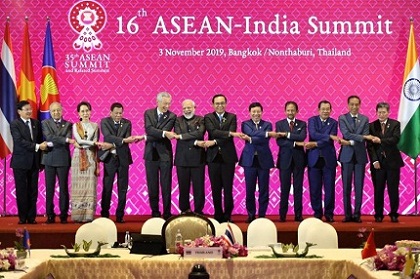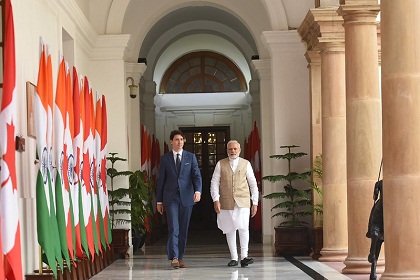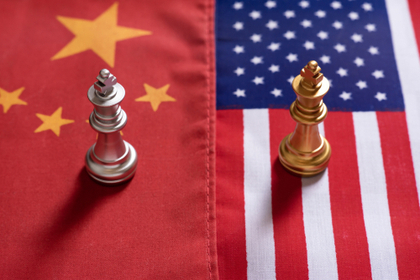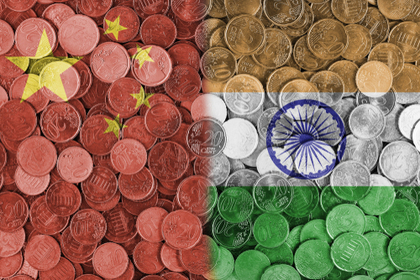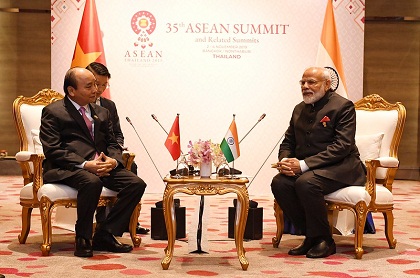Mexico, the other North American partner
This year marks the completion of 70 years of diplomatic relations between India and Mexico – but the full potential of this bilateral relationship has not been explored. Mexico exports oil to India, and hosts facilities of the Indian auto, IT and pharma sectors. There are three profitable reasons to intensify the bilateral, fulfilling both the diplomatic and business agenda






